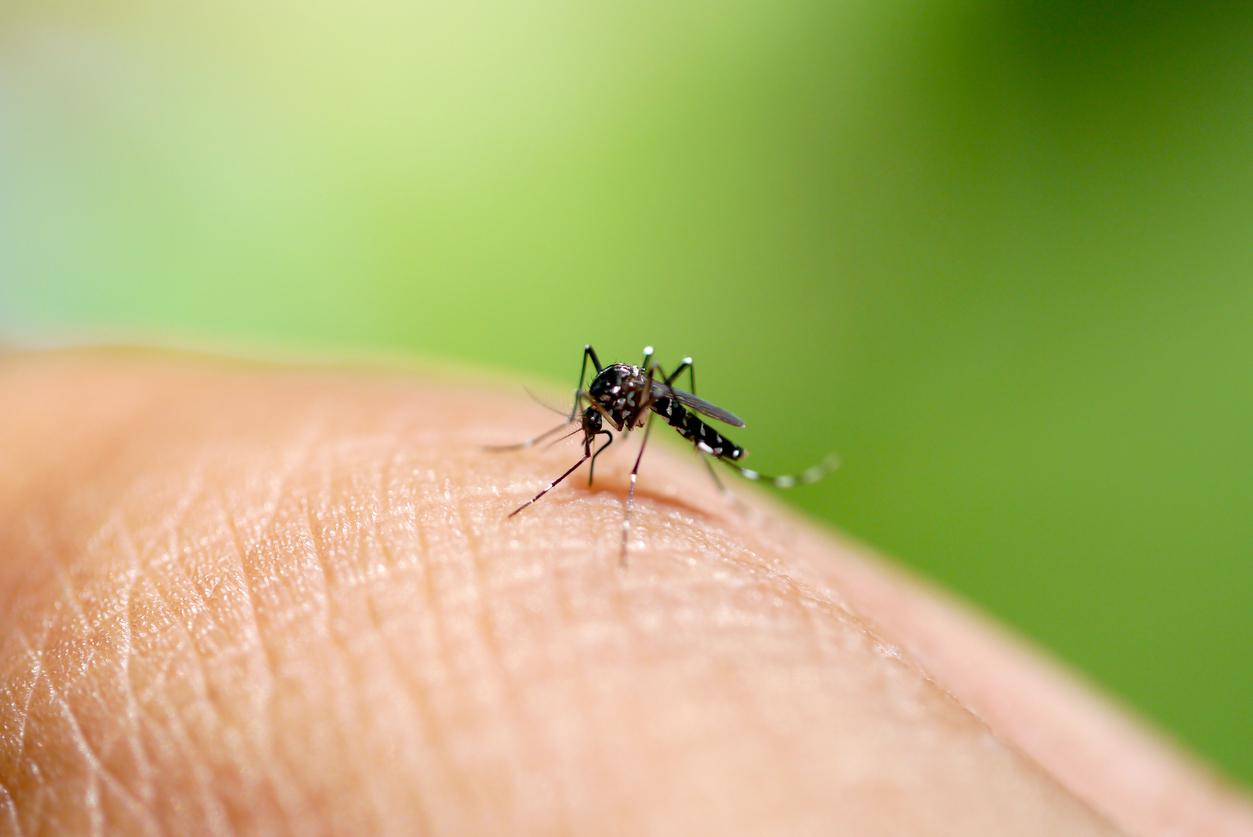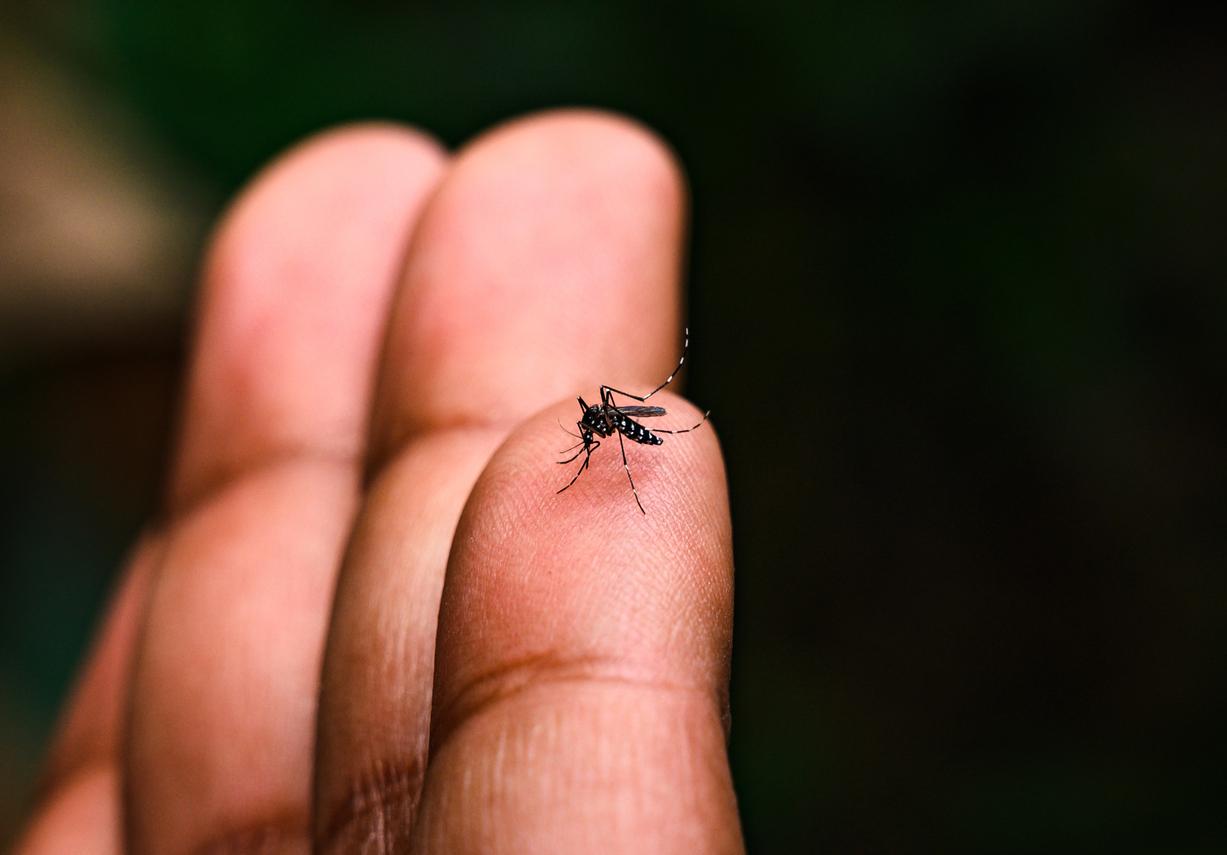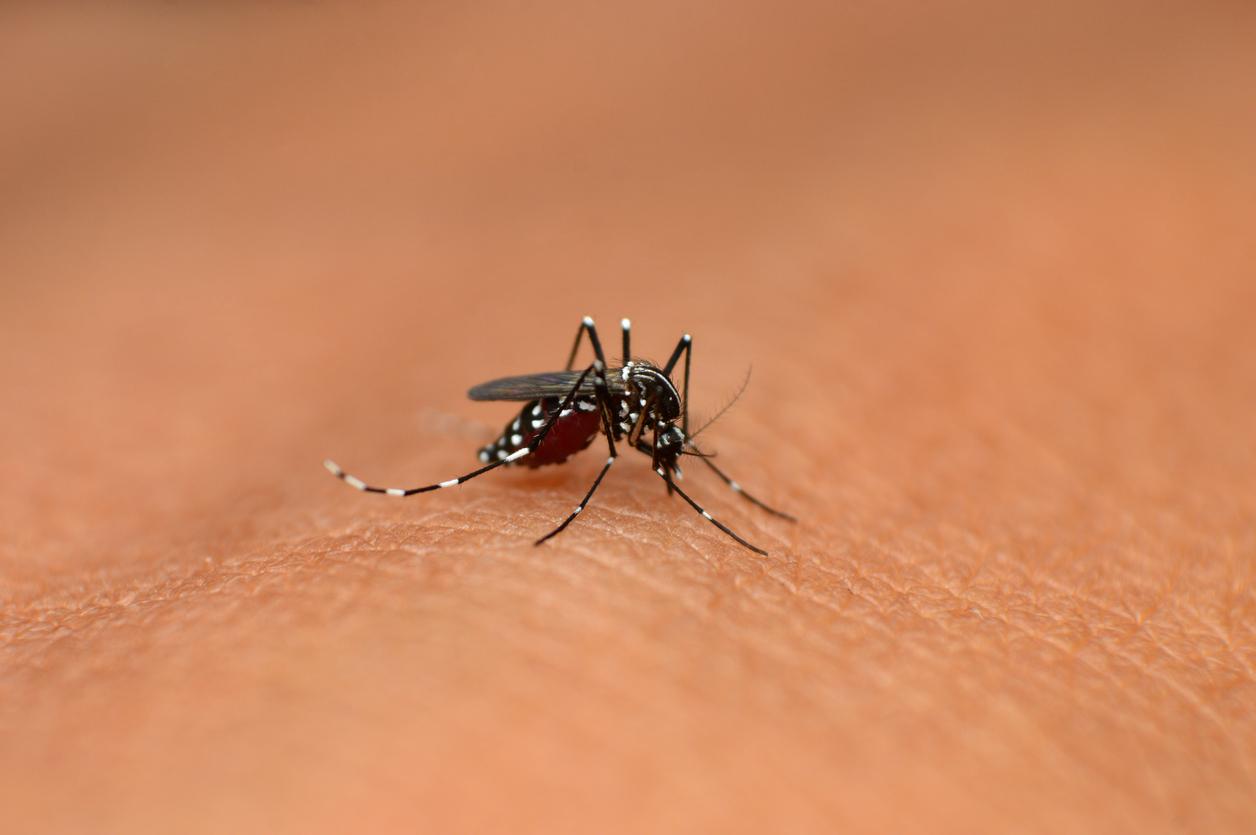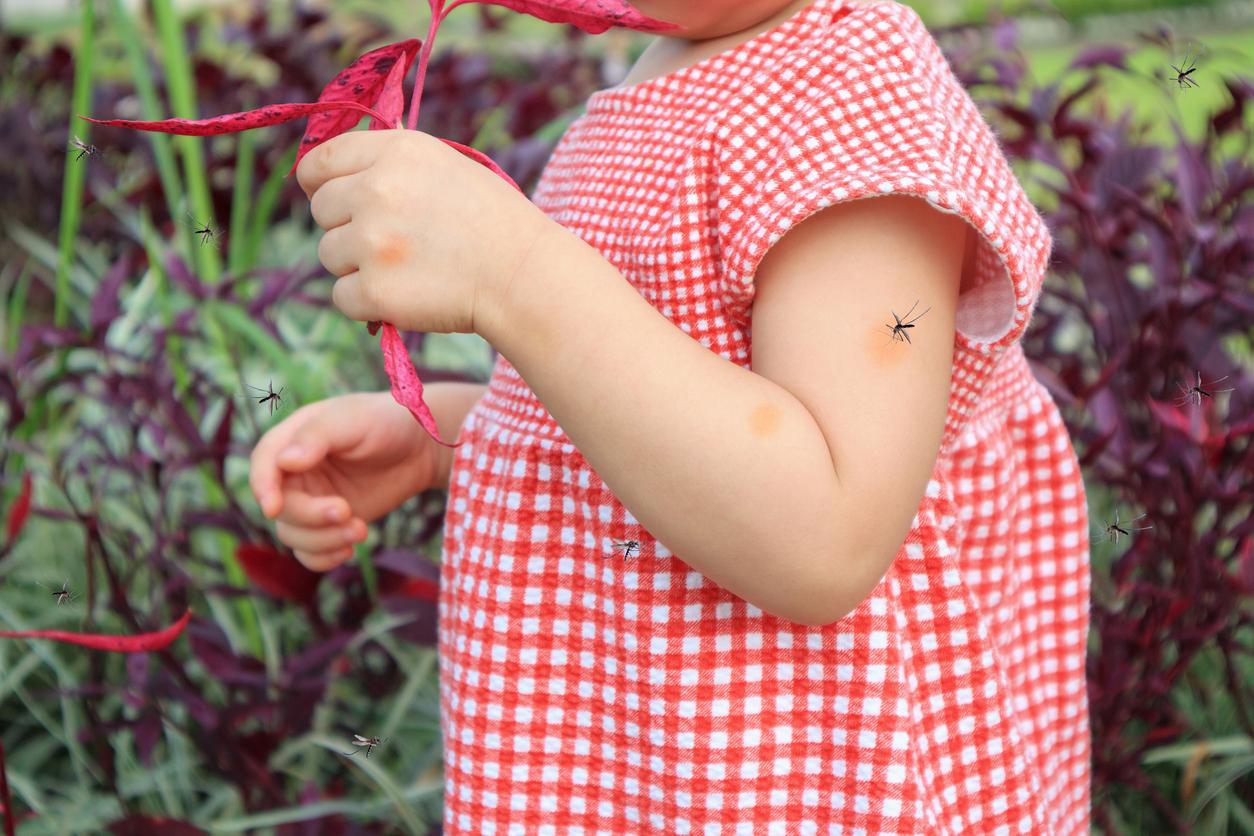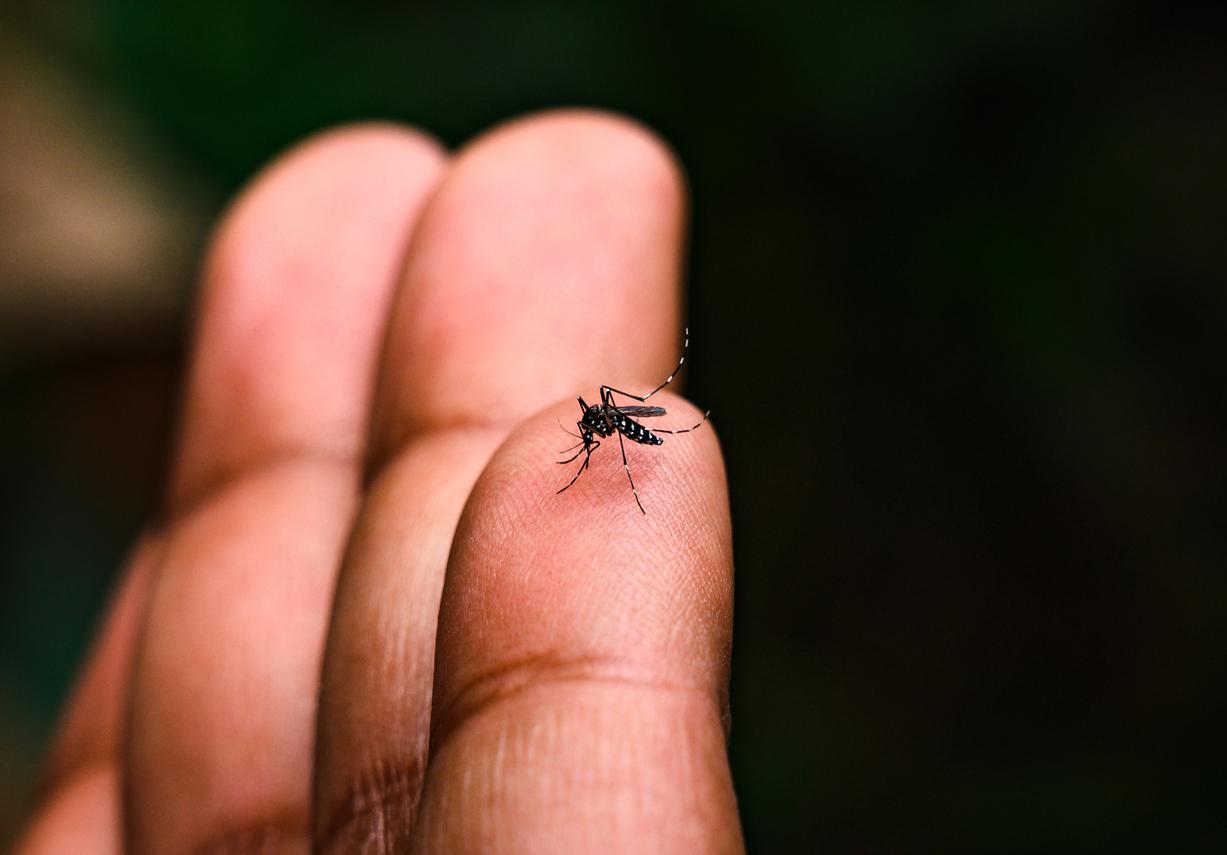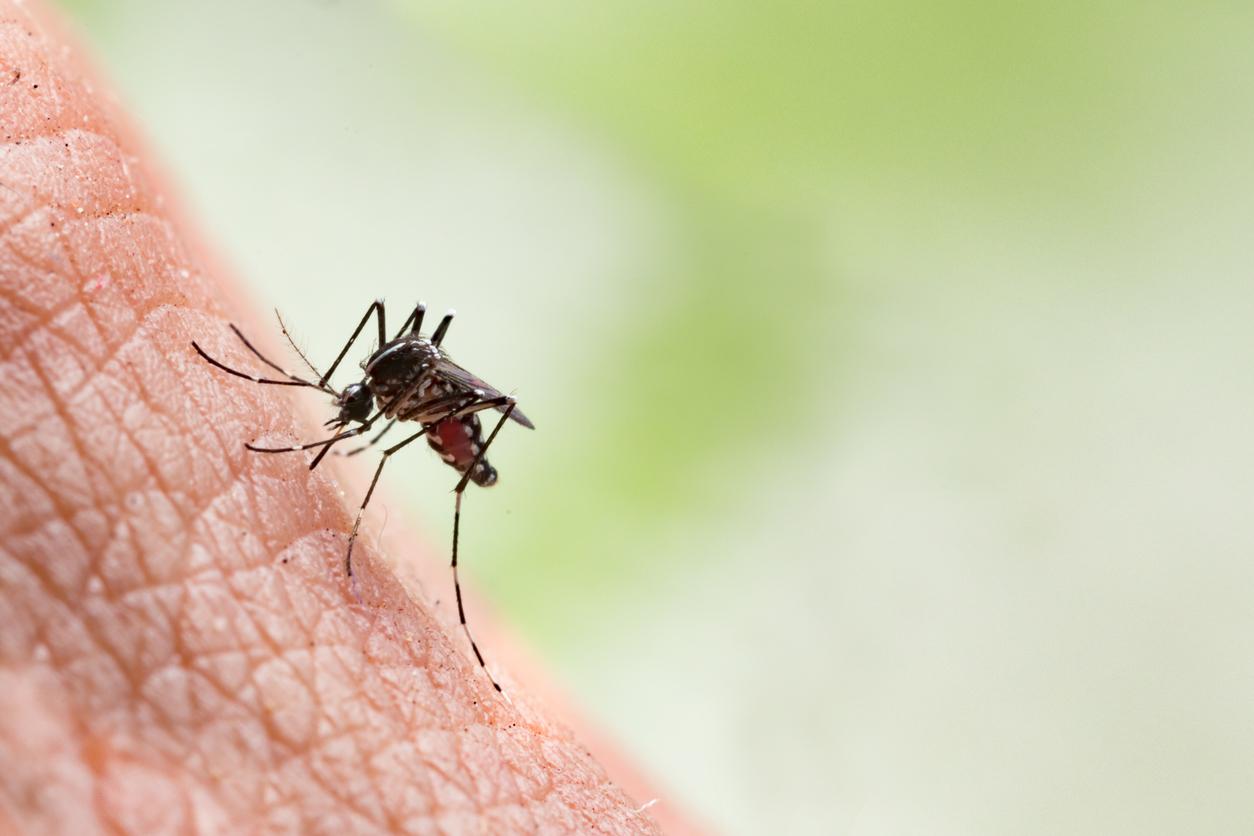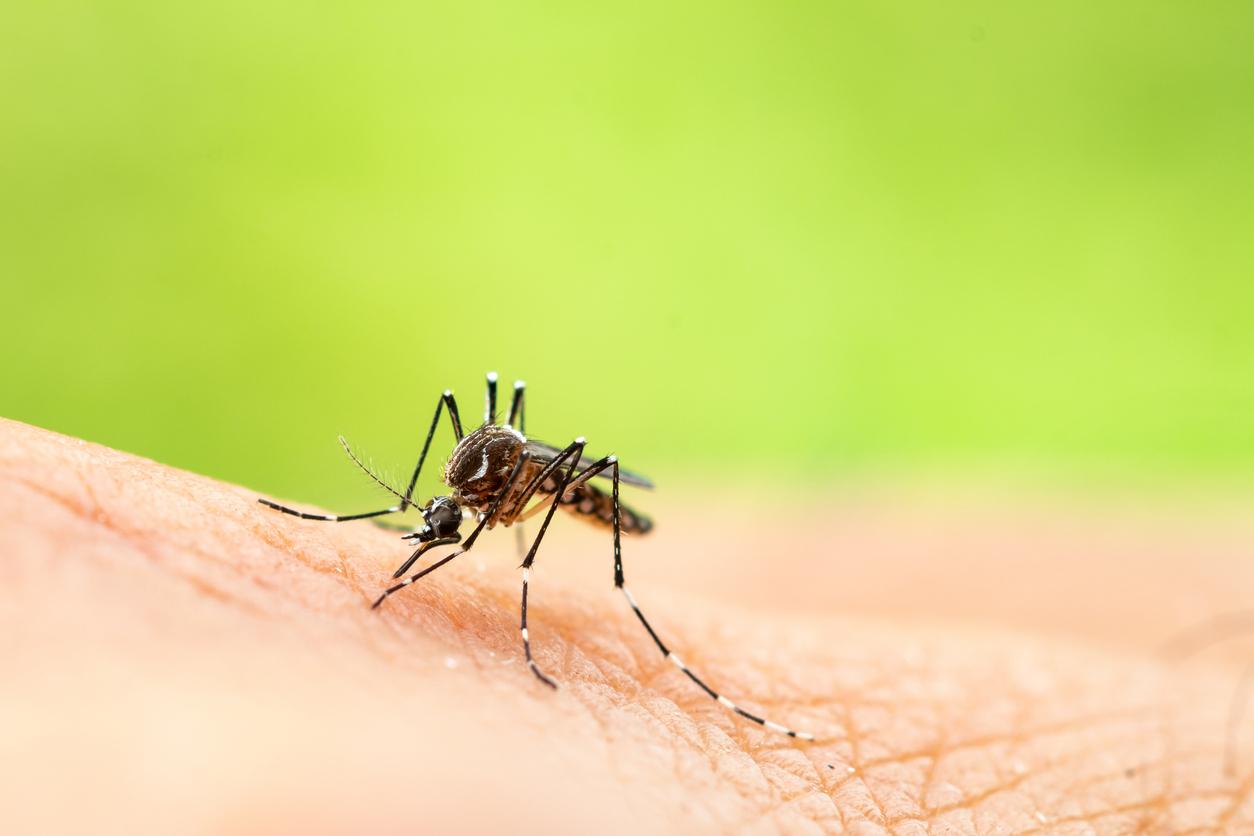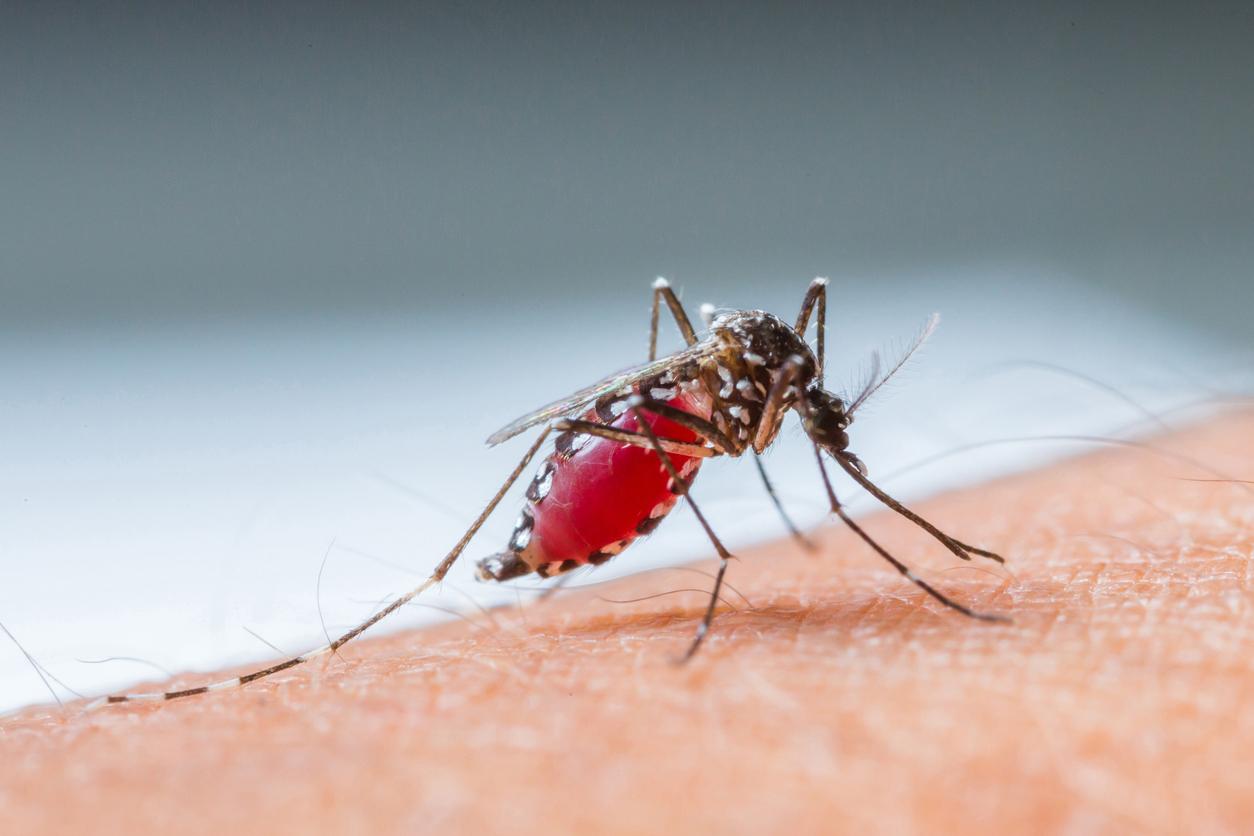The tiger mosquito has been implanted in the PACA region since 2004, but these 19 new cases were “imported”, specifies the ARS.
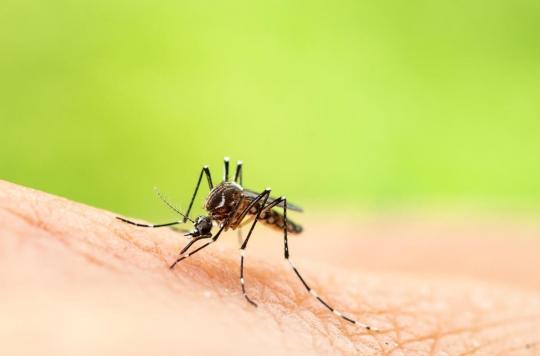
18 confirmed cases of dengue fever and a probable case of chikungunya have been reported in the PACA region, announced in a communicated the Regional Health Agency (ARS) Provence-Alpes-Côte d’Azur. Diseases, called arboviruses, transmitted by the tiger mosquito, implanted in the region since 2004.
“These are only imported cases”, specifies the ARS. Indeed, Reunion Island has been affected by a major dengue fever epidemic for several months, a passenger had to bring the virus back with him to mainland France. “What is likely to happen is that these tiger mosquitoes bite carriers of the virus and infect other people”, worries the ARS, despite increased surveillance from May to November. No case of Zika has yet been identified.
During a bite, the mosquito takes the virus from an infected person. After an incubation period, the insect is able to transmit the virus during another bite, to a healthy person. There is no direct transmission of the virus from person to person.
How to limit the risks?
To limit the risks, the ARS recalls that it is “by acting daily, at home, that we can prevent the tiger mosquito from reproducing and proliferating in our homes, on our balconies, in our gardens, etc”. For this, “we must destroy its eggs and remove the waters in which the female lays. She particularly likes small containers where water stagnates, such as under flower pots, puddles of water, children’s toys, outdoor containers or even small wet nooks.Sometimes a few centiliters can be enough for a female to lay her eggs there.
The ARS recommends replacing the water with sand, “covering or covering with a mosquito net the water reserves (barrel, canister, swimming pool cover)” and doing aPay attention to natural shelters such as “tree hollows, broken bamboos, each broken and hollow stem of which then becomes a receptacle”. Similarly, the Agency invites the French to be vigilant and to store anything that may contain water (buckets, watering cans) sheltered from the rain and to change the water in plants and flowers once a week, or more if possible.
How to distinguish a tiger mosquito?
Already know that the tiger mosquito is smaller than a penny: it measures only a few millimeters and has a fairly slow flight that allows it to be crushed in flight. If you look closely, you’ll see that it’s black with white stripes on its legs and abdomen, earning it its nickname, the tiger mosquito.
Dengue fever, or the “tropical flu”
Dengue fever, also called “tropical flu”, is a tropical haemorrhagic fever linked to an arbovirus, transmitted by the bite of a female tiger mosquito only. The World Health Organization (WHO) estimates the number of annual cases worldwide at 50 million, including 500,000 cases of “haemorrhagic” dengue fever, i.e. which are fatal in more than 2.5% of cases. . Dengue fever is initially present in tropical and subtropical areas of the world.
Symptoms appear 3 to 14 days (on average 4 to 7 days) after the infecting bite. We then observe a flu syndrome affecting infants, young children and adults. There is no specific treatment. While dengue hemorrhagic fever is a life-threatening complication, early clinical diagnosis and prompt clinical management can often save lives.
As the Health Organization (WHO) points out, “more than 70% of the burden of disease attributable to this disease is found in South-East Asia and the Western Pacific. In Latin America and the Caribbean, the “Incidence and severity of the disease have increased rapidly in recent years. Africa and the Eastern Mediterranean have also experienced more outbreaks in the past decade.”
Good to know, if you are traveling
Health authorities recommend that people traveling to Réunion protect themselves against mosquito bites, including during the day, by using repellents for the skin and clothing, and by wearing long, loose clothing.
“If a person presents within 7 days of their return to mainland France with signs suggestive of dengue fever (joint pain, muscle pain, headache, rash with or without fever, conjunctivitis), they must consult a doctor and continue to take protect against mosquito bites, including using a mosquito net if possible, so as not to transmit the disease in mainland France, if the tiger mosquito is present in the department”, advises the Ministry of Health.
.







